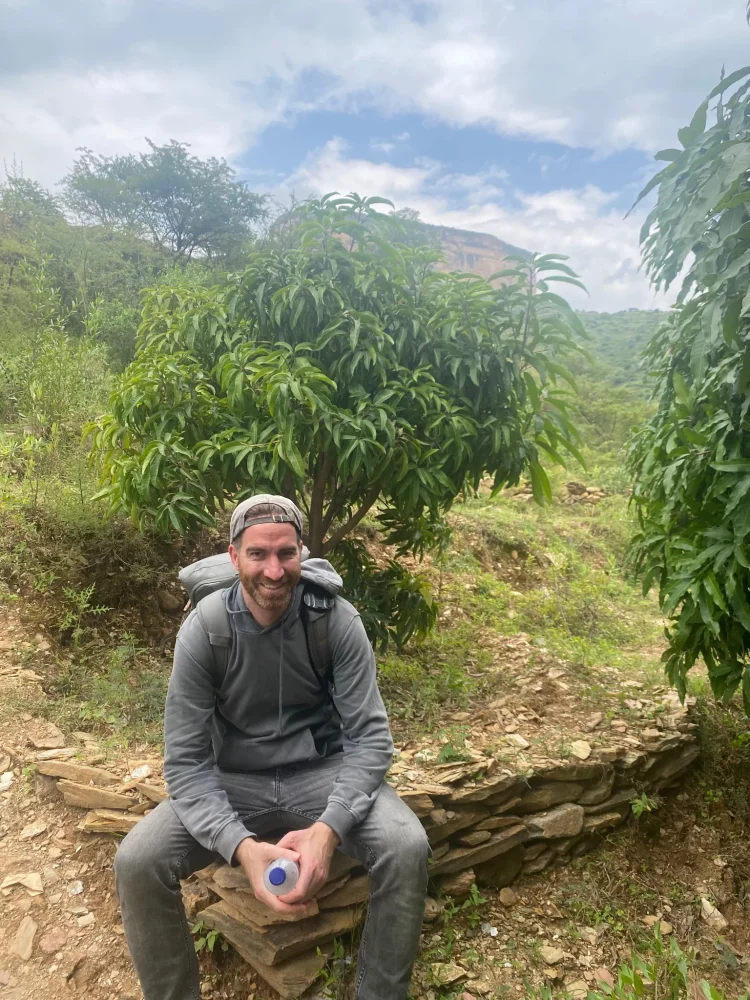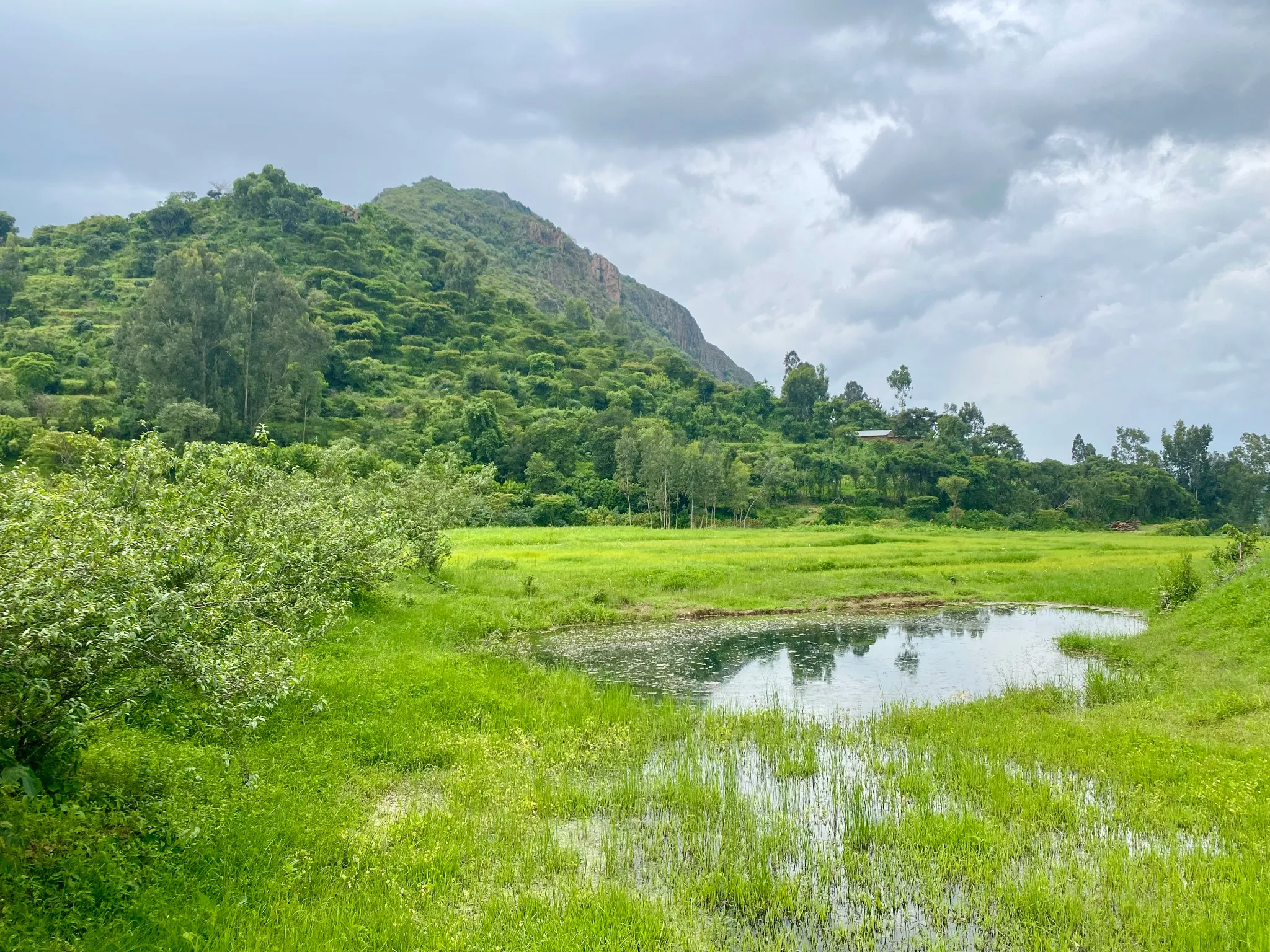Thomas, the founder of Photocircle, traveled to Ethiopia in early September for ten days to visit our reforestation projects in the north of the country, in Tigray, and in the south, in Sidama. It was his first trip to Ethiopia. Especially in the north, traveling had long been impossible – the security situation during the civil war, in which Eritrea was also involved, did not allow it. All the more grateful he was that it finally worked out.
Thomas undertook this journey on behalf of all the artists who entrust us with their work, and all the customers who place their trust in us – without whom we would never have managed to plant over 430,000 trees so far.
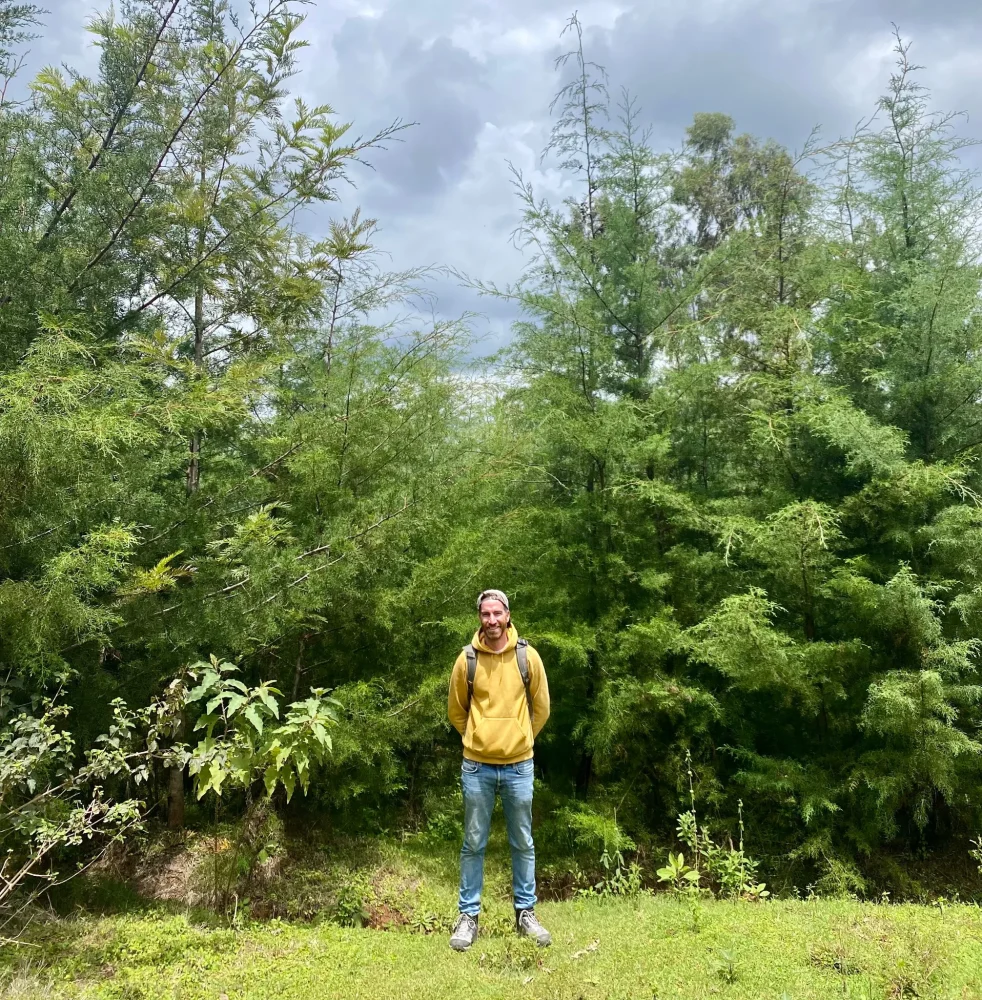
“For over five years, we have been supporting the Foundation Green Ethiopia: With every art print sold, part of the proceeds goes directly into reforestation – and with every calendar, we plant 12 trees.
When we first started working together, my main motivation was to capture as much CO₂ as possible through reforestation. It is also significantly cheaper to plant a tree in Ethiopia than in Europe – while it absorbs just as much CO₂. That way, I saw the chance to achieve a much greater impact with the projects in Ethiopia.”
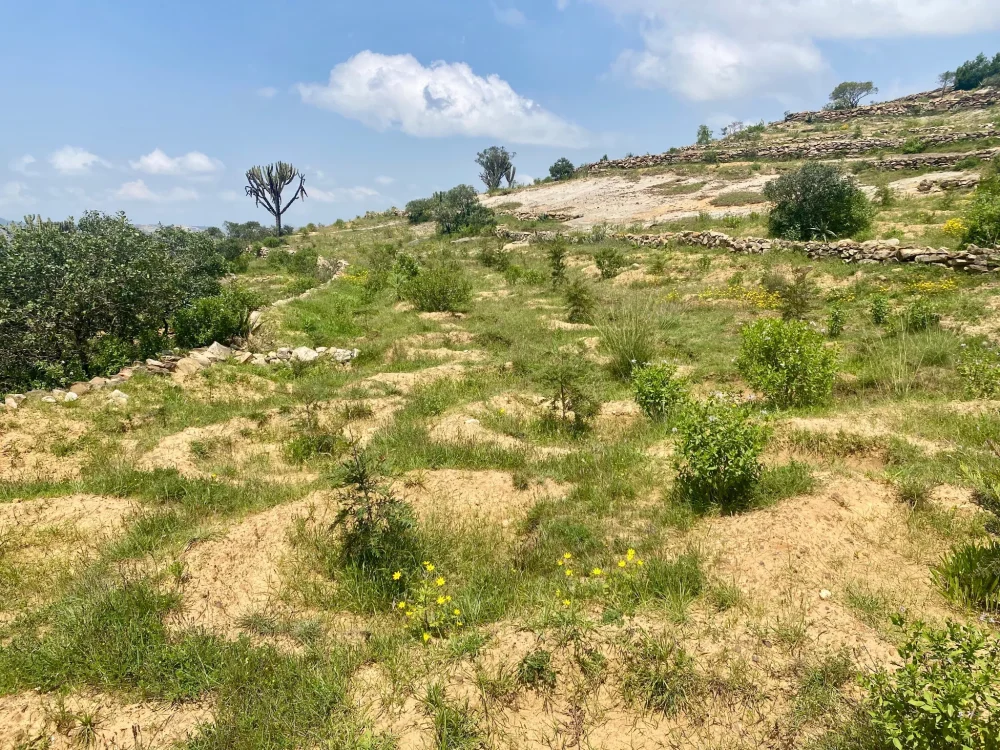
“I knew that trees also make the soil more fertile, retain water better, and thus help people. I also valued the holistic nature of the project – the positive cycles set in motion by the trees. But if I’m honest, my main focus at the time was clearly on climate action.
This trip to Ethiopia completely changed my perspective. Meeting the wonderful people and seeing with my own eyes how trees transform their lives was eye-opening: The trees and emerging forests bring back water, allow for two harvests instead of one, and create the basis for honey production as bees return. Springs now provide water well into the dry season. In many villages, fetching water is the responsibility of the girls – now that water is closer, they can spend this time in the classroom instead.”
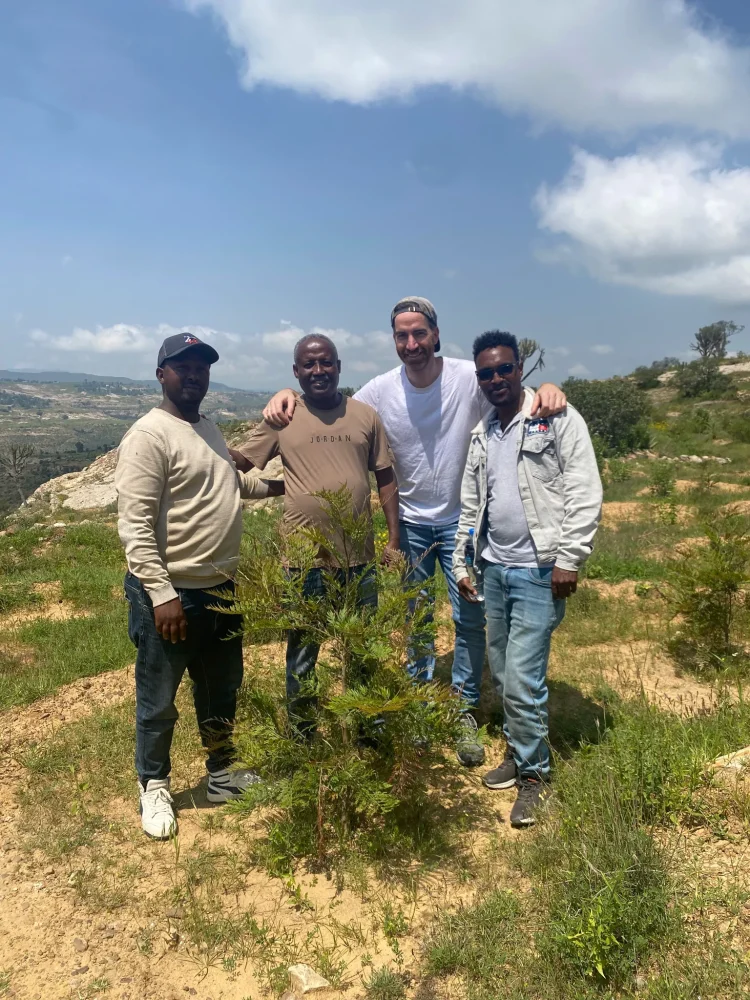
“The people in Ethiopia don’t plant trees out of concern for global climate change. They plant them because the trees provide greater food security, reduce hunger, and create additional sources of income – which in turn improves the educational opportunities and future prospects of their children.
I’ve learned that planting trees only makes sense if communities benefit. When trees help people, people in turn protect the trees – and a positive cycle begins.”
— Thomas from Photocircle
Our Partner: The Foundation Green Ethiopia
Organizations with a donation ratio of 86% are already considered excellent. The Green Ethiopia Foundation operates with just 3% administrative costs – meaning that 97% of all donations and income go directly into the projects.
The organization was founded 25 years ago by Kurt Pfister and is now run by his son Simon with incredible dedication, knowledge, and heart. Both Kurt, Simon, and the entire team work on a voluntary basis.
Each year, Green Ethiopia plants around 13 million trees, creating direct income for about 30,000 people in and around the project areas, while improving the livelihoods of thousands more.
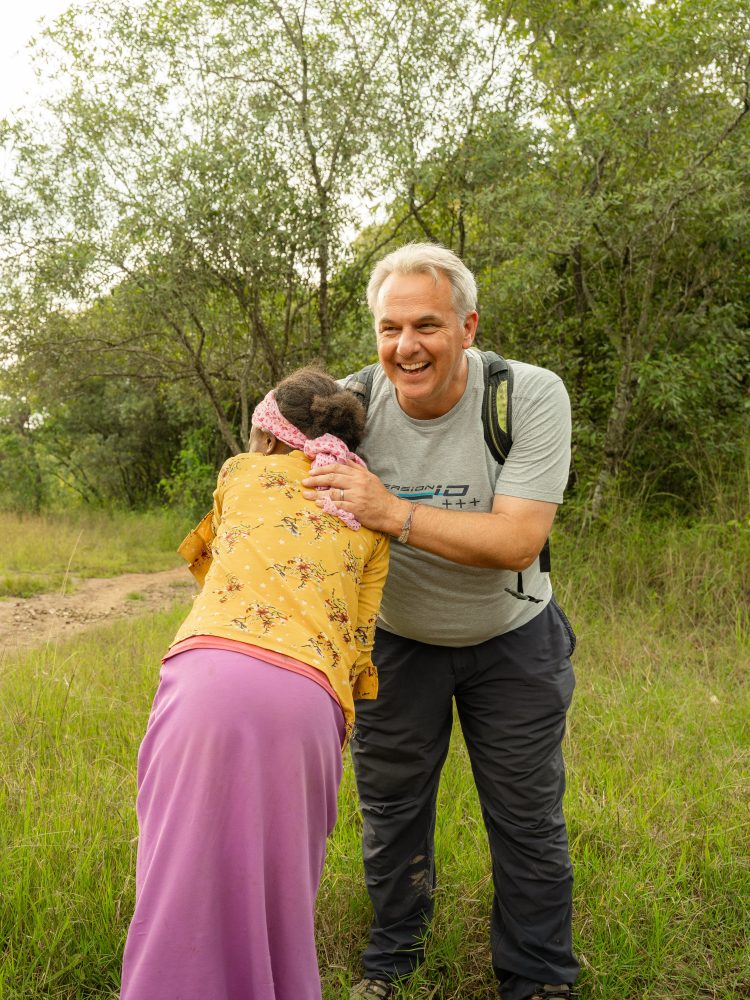
How the Projects Change Lives – in Pictures
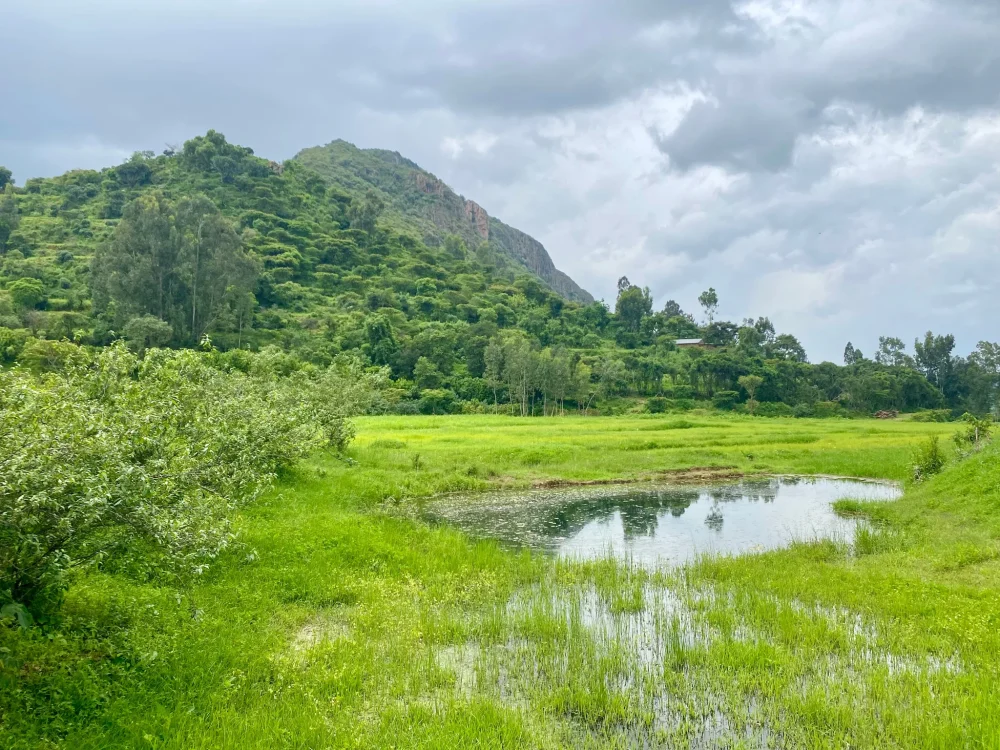
This picture shows the valley of Selam. Reforestation began here 15 years ago. The forest in the background did not exist back then – nor did the shallow well in the foreground. Thanks to the forests of Green Ethiopia, farmers now have more water and can irrigate and cultivate their fields even during the dry season.
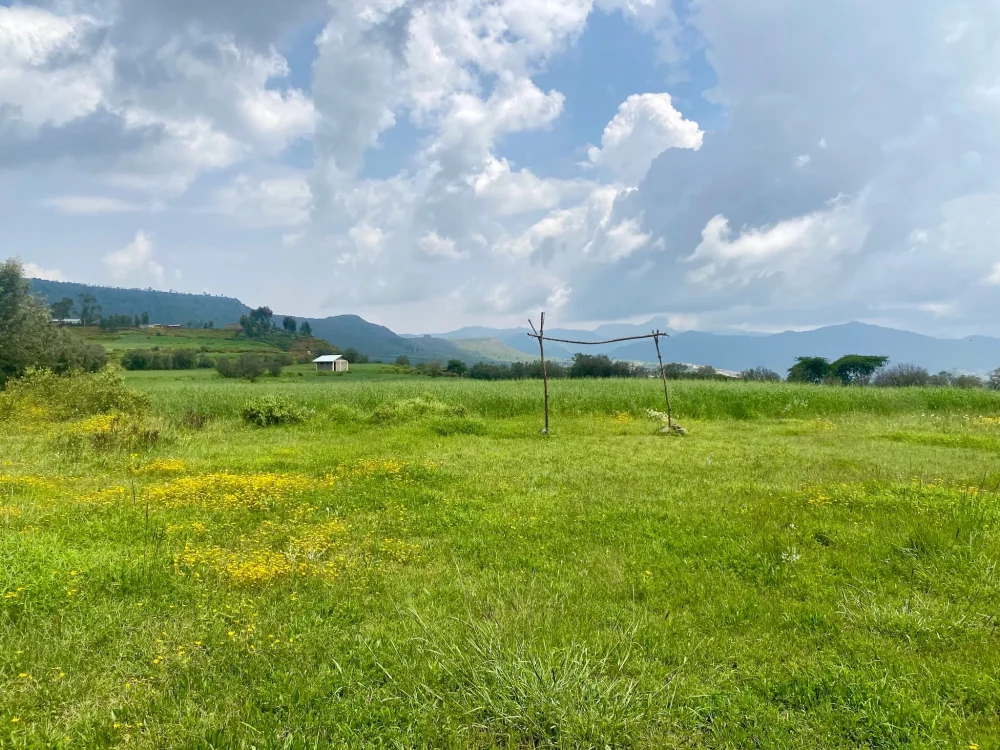
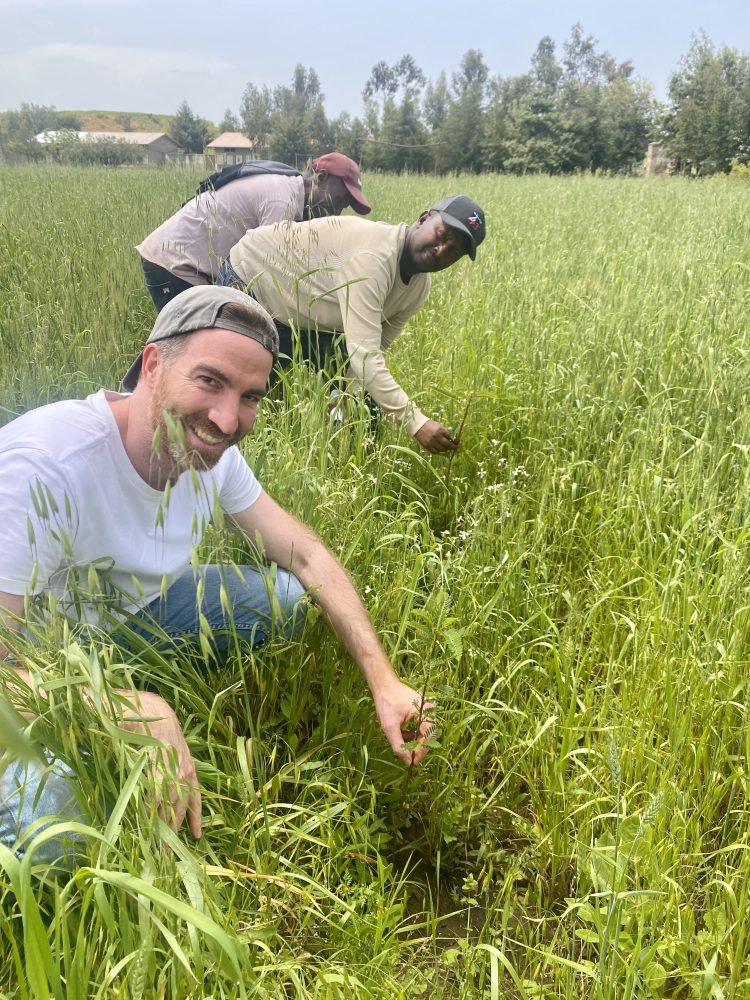
Agroforestry means deliberately integrating trees into agricultural fields. 🌳🌾 The trees protect the soil from erosion, store water, and increase fertility. At the same time, they provide wood, fruit, or fodder and create additional sources of income. This creates a sustainable system that strengthens both agriculture and the environment. In Ethiopia, every square meter is used for cultivation.
In Ethiopia, every square meter is used for cultivation. Therefore, communities must be convinced that it makes sense to dedicate part of the land to young trees – even if, in the short term, there is less land available for farming. In the medium and long term, however, the trees make the soil more fertile and increase yields. And only if everyone pulls together can the trees truly be protected.
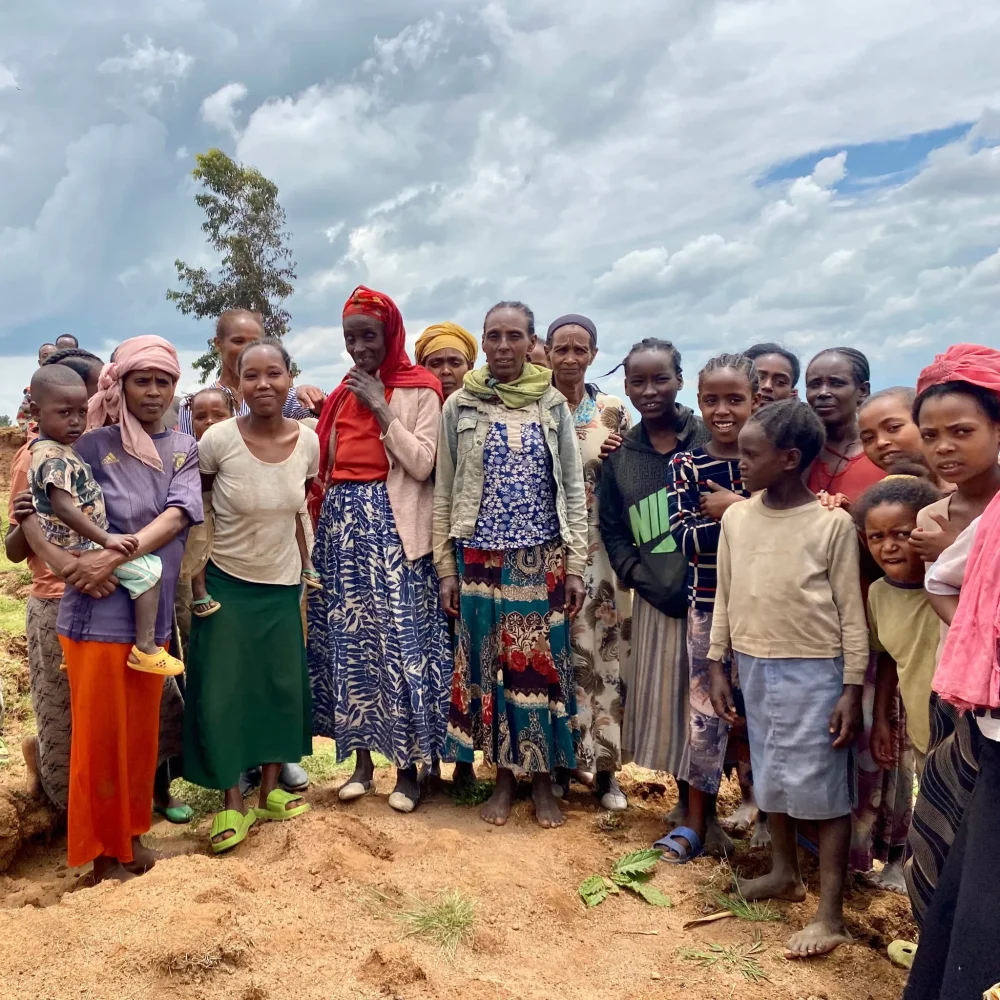
In Sidama, in southern Ethiopia, the projects are carried out by women’s collectives led by Ruhama. Around the reforestation efforts, the women have developed numerous additional initiatives that allow them to remain independent and provide for their families.
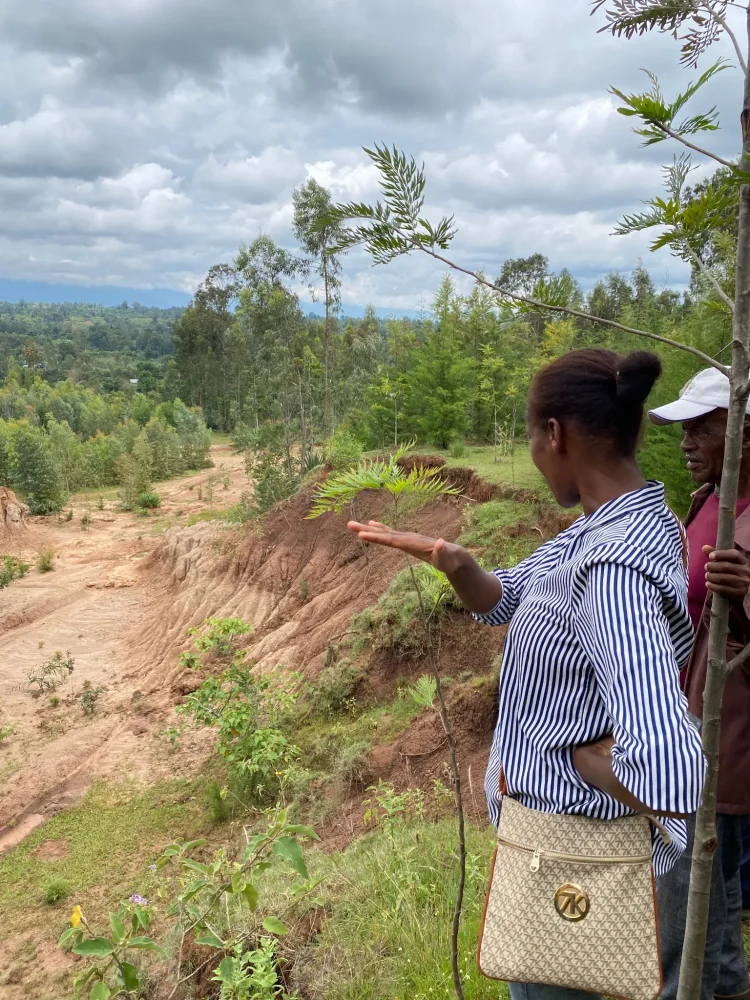
In Tigray, in the north of the country, erosion is a central issue. The main goal there, however, is to store water better and keep it available for as long as possible during the dry season. In the south, on the other hand, there is sufficient water, with a subtropical climate. Here, the main task of the trees and forests is to prevent soil erosion and thus protect the farmers’ fields.
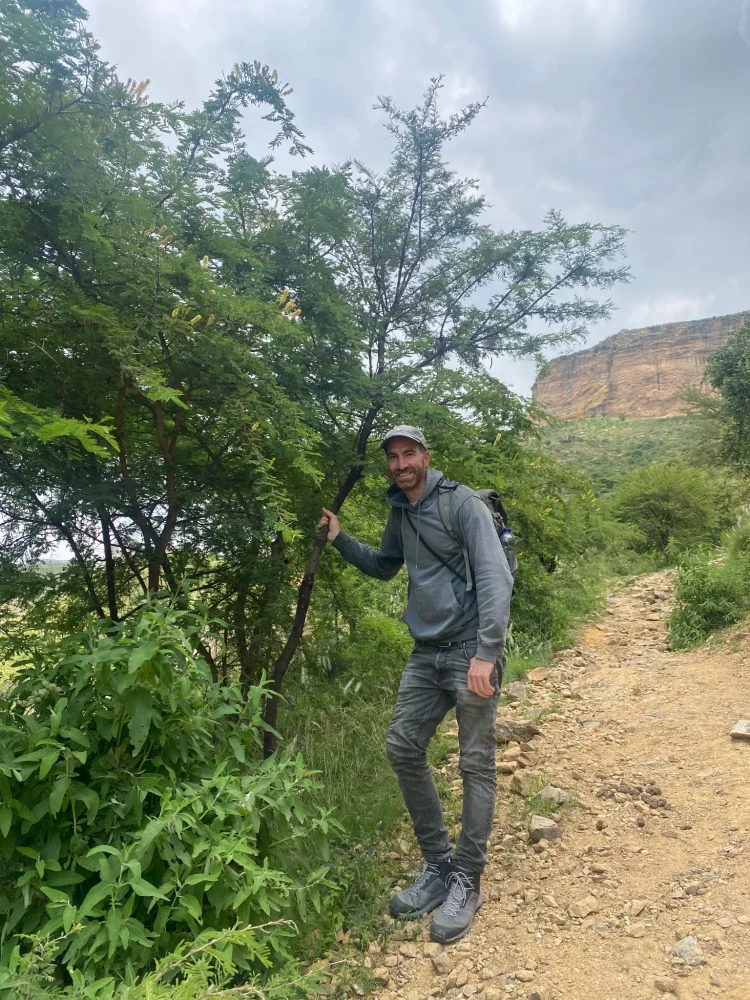
Fruit trees are also an important part of the project. Thanks to better water availability, they can now be planted. They enrich the diet through more variety and provide farmers with additional income.
